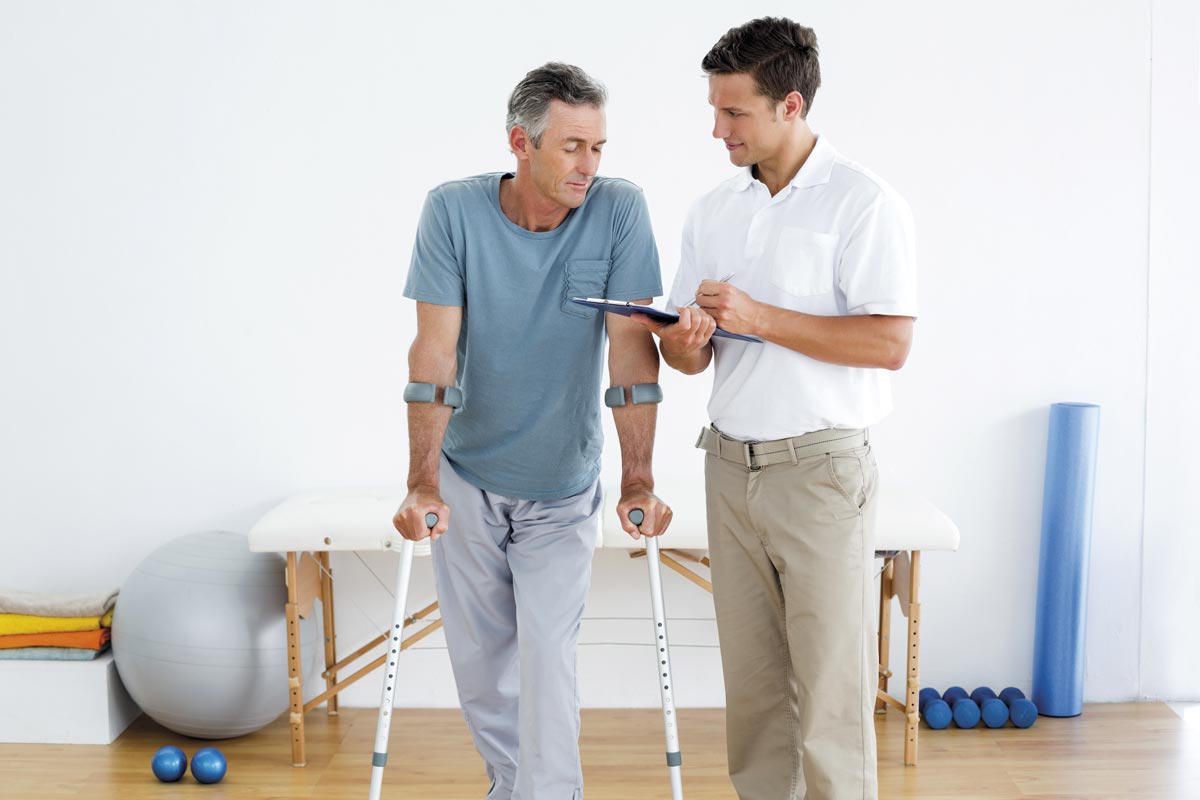
ED: When the human body has been put through the mill it’s imperative to move and stretch says physiotherapist, Adam Spiroff.
There’s no doubt that immobilisation post-surgery leads to changes in the body’s physiology and prolonged hospital stays can lead to a significant decline in functional capacity.
Recently I’ve had two patients of similar age, physical capacity and types of surgery with two totally different outcomes. The main difference between them was their respective levels of activity. One was highly active post-surgery – bending, moving, stretching and returning to previous activities within months, while the other was bed-ridden, crutch dependent and often displayed fear avoidance strategies.
Despite being advised by his specialist to ‘move’, the latter believed that any form of pain would prolong his recovery. Consequently, his return to normal activity spread over an extended period.
Induced inactivity can cause:
- Tissue restrictions: hypomobility/contracture linked with adaptive shortening of soft tissue such as skin, fascia and muscle.
- Cartilage: articular cartilage requires load to maintain integrity. Being immobile leads to softening and fragmenting of cartilage surfaces leading to decreased comprehensive stiffness and/or increased deformity making it more susceptible to injury.
- Collagen: parallel alignment of Type 1 collagen is crucial to functional movement. With immobility there’s an oblique layering of new fibres causing impaired strength and elasticity. Water and glycosaminoglycan content are decreased affecting mechanical strength and diminished healing. Finally, there is an excess of fibrin deposits, which leads to scar tissue.
- Muscle System: being immobile leads to a significant decrease in the rate of protein synthesis, which can start in the sixth hour of immobilisation. It’s interesting to note that postural muscles are the first area to atrophy.
- Bone: the build up and breakdown of bone is proportional to the forces being applied. If that doesn’t happen, bone is rapidly absorbed leading to increased osteoclastic activity and decreased rate of new bone formation. Being relatively immobile for three months can result in a 15% decrease in bone mineral density. Weight bearing bones are the first to lose mass and this occurs within the first few days.
Of course, the above is only a limited snap-shot as motor-neurone activity, cardiovascular and pulmonary function, and psychological health can also be affected. All of the above can be minimised and/or eliminated by maintaining some level of activity. So, the moral of the story is to keep moving!
However, we must not underemphasise the importance of communication between specialist and physiotherapist, which will drive the recovery. The physiotherapist is normally advised to achieve certain goals within the first two weeks, then at six weeks and then again at three months.
If there’s a communication failure between the patient, specialist and physiotherapist about the importance of movement, and the negative effects of immobilisation, the road to recovery will be a lot harder.


